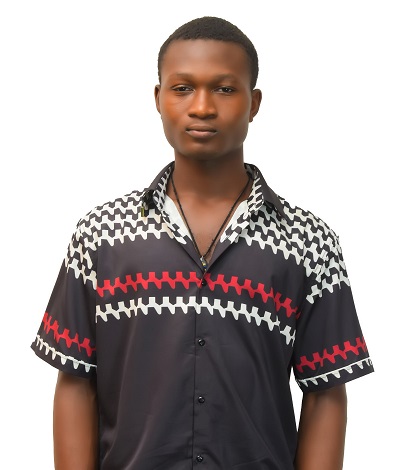[pc-pvt-content allow=”323,322″ warning=”1″][/pc-pvt-content]
Before you start taking modeling classes at your expense you might want to consider the following information. There are a number of classes that a prospective model could take that would improve the chances of gaining an agent or being a success at modeling
Photographers have two choices when it comes to models, they can either pull someone off the street who looks right for their concept and not pay them much money, or the can hire a professional model and pay more money. Most opt to pay more for a professional because the shoot will go quicker and there is a marked improvement in the odds of success.
A professional model can save client money by shortening the time it takes for a shoot and the quality of the images will be better (better usually meaning more sales). What does a professional model bring to a shoot that some one off the street does not? A professional attitude, the ability to express and pose, and knowledge of make-up, hairstyling, and wardrobe. These skills are what make a model worth the fees.
You should know your body so you are aware of how it moves, what lines it forms, and how it can be coached into different positions. You should know yourself and your emotions so you can show these to the camera and feel confident in what you are showing.
One of the best ways to gain grace of movement is through dance. More agents, bookers, and casting directors recommend dance classes over any other. This is because of the multiple benefits of fitness and the awareness a dancer has of their body. If you perform dance so much the better as the experience before an audience is beneficial.
Another good way to gain or perfect grace is through Yoga. Yoga teaches body awareness. Yoga may be even be better than aerobics because rather than moving fast continuously, in Yoga you move in control, slow control. Yoga also teaches breathing, focusing on ones body position, and focusing on your surroundings – all- important to a model.
We all can show emotion. Make a list of all key emotions (hate, love, anger, sadness, longing, happy, etc.) and practice those expressions in front of a mirror. After you have practiced for a while, try them on a friend and see if they can tell what emotion you are conveying. The idea is that when you are in front of the camera and the photographer wants you to look longingly into the distance you know how to do that. When you are in front of the camera lens your body and how it is positioned become a critical element in making the photograph successful. Learning how to move in front of the camera begins with some basic principles.
Lines of Force – There are certain principles of design that apply to any visual art. With a model in a photograph your body works as a compositional element. All the basic rules of design apply to how
you position your body. Learning basic design rules can help you understand why an arm should go one way and a leg the other way, and why when the rules are broken a
whole different message is given.
Non-verbal communication – Certain body positions communicate different messages. By learning these body positions and recreating them in front of the camera you can communicate a powerful message.
Symbolism – This is a refinement of understanding of non-verbal communication. This is the old nature verses nurture debate. There are certain body positions that have specific meaning with in a culture context. There can be body positions that will mean something in one culture or for one group of people and mean nothing to another. What is meaningless in on culture can be a great insult in another.
Acting versus reacting – Photographers can get the pose they need by the models acting or reacting.
Acting or directional modeling — The scene is set, direction on what is needed from the model for expression, look and pose is given to the model, and the model must provide what is needed. A model that can accomplish this is very valuable.
Reactive modeling — With this type of approach an environment is created, or external forces are applied and the model reacts to the situation. The model’s personality is important and the shot is achieved through improvisation and spontaneity. The question is whether it works or not and most of the time if it does it is usually the exception.




